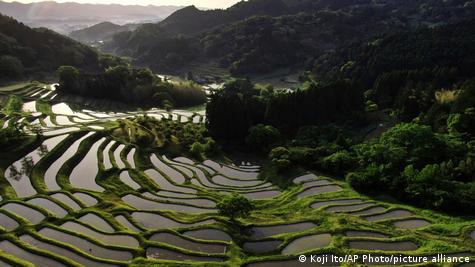
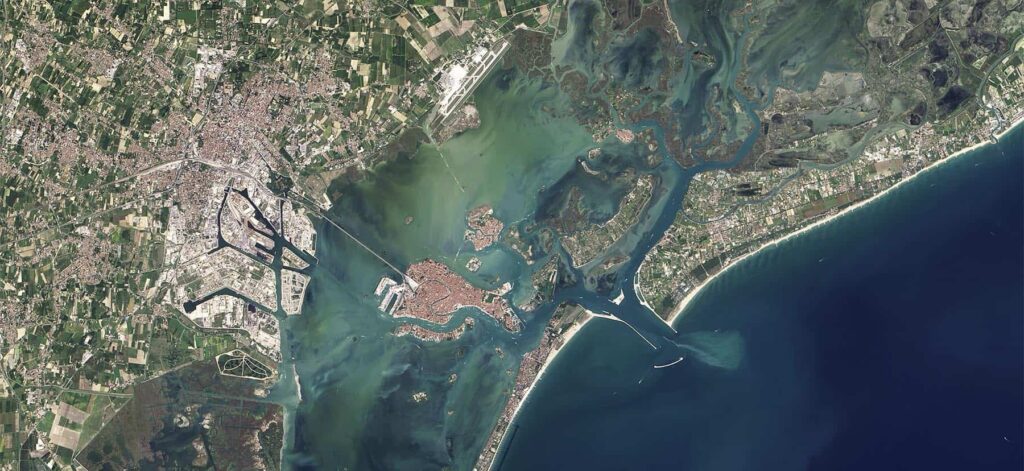
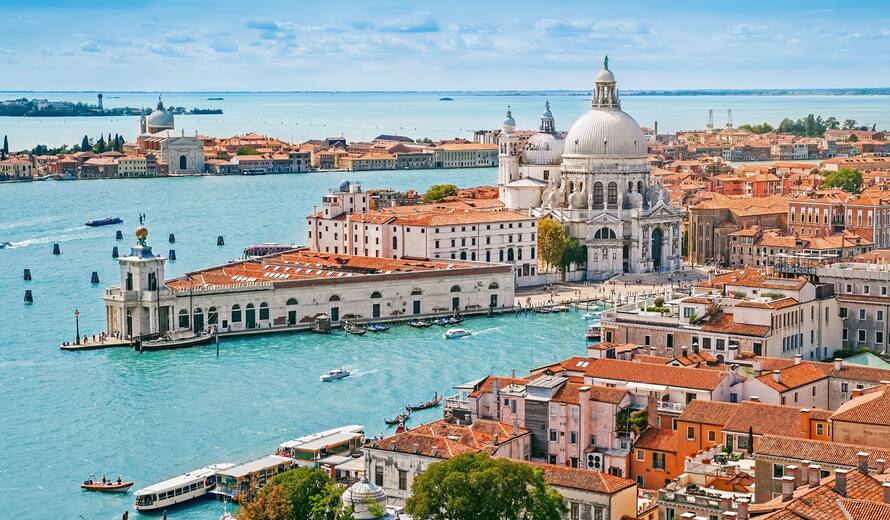
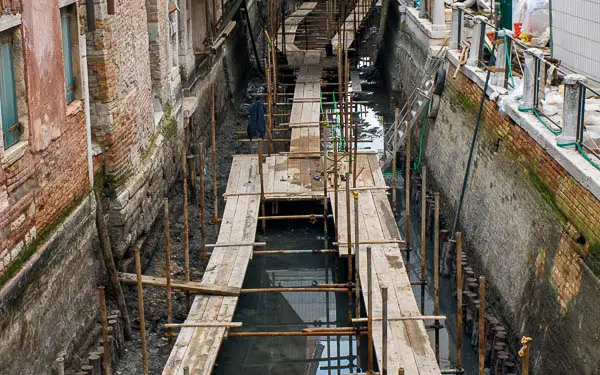
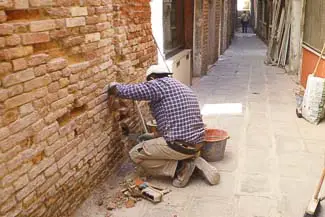
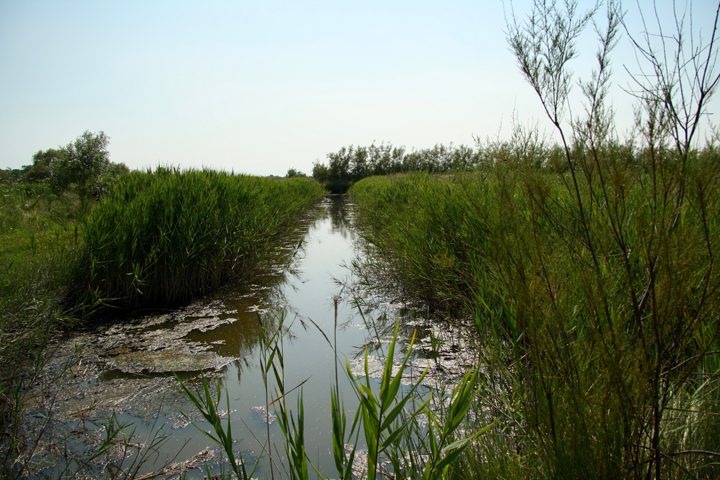
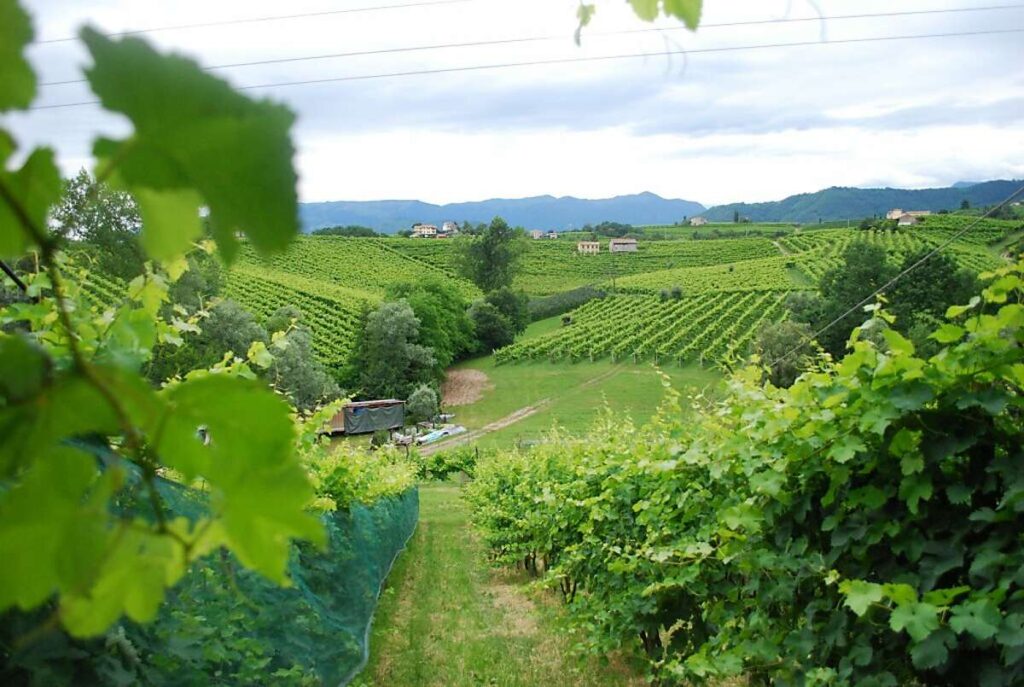
Welcome to the exhibition on Human Niche Construction in the Veneto region. I will take you on a journey showing the connections between humans and their environment, exploring how the people of Veneto have fully maximized their creativity and the environment to make Veneto what it is today. Human Niche Construction refers to the remarkable ability of humans to modify and manipulate their habitats to meet their needs. It goes beyond adaptation to embrace active engagement with the environment, reflecting the ever-changing relationship between humanity and nature. Through human niche construction, we can learn the dynamic connection between cultural practices, historical contexts, and ecological sustainability. We shall also consider the Aristotelian scheme, understanding how these human modifications have provided resources to support life and culture. We will reflect on what makes each example good or bad HNC, contemplating the balance between progress and preservation, sustainability, and growth. As you immerse yourself in the wonders of human niche construction in Veneto, consider the intricate relationships and interconnections that have shaped the region’s identity. Discover how the Venetian people, past and present, have not just adapted to their surroundings but have created their niche in this beautiful part of the world. The terraced landscapes of the Veneto region stand as an enduring testament to the remarkable example of Human Niche Construction. Carved into the hillsides by generations of skilled farmers, these terraces show the ingenuity and resourcefulness of the Venetian people in optimizing their agricultural efficiency. The construction of these terraces highlights human niche construction through deliberate human interventions in the landscape. By building these terraces, the Venetian farmers adapted to the region’s hilly terrain, transforming it into productive farmland. This form of human niche construction demonstrates the active engagement of humans with their environment to improve their livelihoods. The terraces offer a valuable resource in the Aristotelian scheme, providing fertile soil for crops, particularly vineyards, and orchards. By creating flat, leveled areas on the slopes, farmers prevented soil erosion and retained moisture, ensuring sustainable agriculture in this challenging environment. This example showcases an instance of good human niche construction as it beautifully combines human needs with environmental sustainability. The agricultural terraces are not only a source of sustenance but also a part of the cultural identity of the Veneto region. The preservation of these terraced landscapes allows for the continuation of traditional farming practices and contributes to biodiversity conservation, making it a remarkable example of human-environment coexistence. The Venetian lagoon and city are the epitome of Human Niche Construction. Venice, often referred to as “The Floating City,” is a stunning showcase of how humans have adapted to the unique environment of the lagoon. The construction of Venice represents the pinnacle of the possibilities of human niche construction, the Venetian people creatively adapted to the challenging lagoon environment. They engineered a complex system of canals, bridges, and buildings, using wooden pilings to create foundations in the marshy terrain. This human niche construction demonstrates the symbiotic relationship between humans and water, showcasing how the city is a product of human ingenuity shaped by the lagoon’s constraints. The Venetian lagoon offers an array of resources, forming a critical part of the Aristotelian scheme. It has been a source of transportation, trade, and defense for centuries. The lagoon as a food source has sustained Venetian communities, while the surrounding salt marshes once played a significant role in Venice’s economic prosperity. The Venetian Lagoon and City highlight both the marvels and challenges of human niche construction. On one hand, the city’s construction displays a remarkable adaptation to the environment, creating a unique cultural heritage that continues to enchant visitors. On the other hand, modern challenges such as rising sea levels and over-tourism highlight the delicate balance required in managing this iconic human niche construction example.
Contemporary urban renewal projects in the Veneto region showcase the ongoing practice of Human Niche Construction. These initiatives seek to revitalize historical areas, preserve cultural heritage, and address modern urban challenges. Urban renewal projects illustrate human niche construction by showcasing how humans actively shape and transform urban spaces to meet changing needs. By adapting existing structures, and public spaces, and incorporating sustainable design principles. Urban renewal projects in the Veneto region offer diverse resources in the Aristotelian scheme. By preserving historical sites and architectural heritage, they serve as a cultural resource connecting past and present generations. Modernized infrastructure and improved urban amenities provide residents and visitors with enhanced quality of life, constituting a social and economic resource. The examples of contemporary urban renewal in the Veneto region highlight the potential of human niche construction to achieve a balance between tradition and innovation. When executed successfully, such projects can foster sustainable tourism, economic growth, and cultural advancement. However, they also present challenges related to gentrification, the need for preserving authentic local identities, and ensuring long-term environmental sustainability. The Veneto region embraces eco-friendly farming practices, a modern approach to Human Niche Construction. These innovative agricultural methods prioritize sustainability, resource efficiency, and environmental responsibility, and showcase the capacity of human niche construction to adapt and evolve with changing times. Eco-friendly farming practices in the Veneto embody human niche construction by actively reshaping agricultural methods to reduce environmental impact. From organic farming techniques that avoid synthetic pesticides and fertilizers to precision agriculture employing technology to optimize resource use, these approaches reflect a deep understanding of the ecological interconnectedness between humans and their environment. Eco-friendly agricultural practices provide invaluable resources within the Aristotelian scheme. By preserving soil health and minimizing chemical inputs, these practices offer ecological resources, maintaining biodiversity and promoting long-term agricultural sustainability. They provide healthier and safer food options for consumers, constituting a societal resource that improves public health. The examples of eco-friendly innovations in agriculture highlight the potential of human niche construction to reconcile human agricultural needs with ecological preservation. Improving the importance of knowledge-sharing, scientific research, and technological advancements, these practices present promising avenues for the future of farming in Veneto and beyond. As visitors explore these examples, they are encouraged to contemplate the role of consumers in supporting sustainable agriculture and the potential impact of small changes in our choices on the greater environmental landscape. Through these elements, the exhibition uncovers the relationships and interconnections that human niche construction involves, from historical agricultural practices to the sustainable urban transformations of the present.
